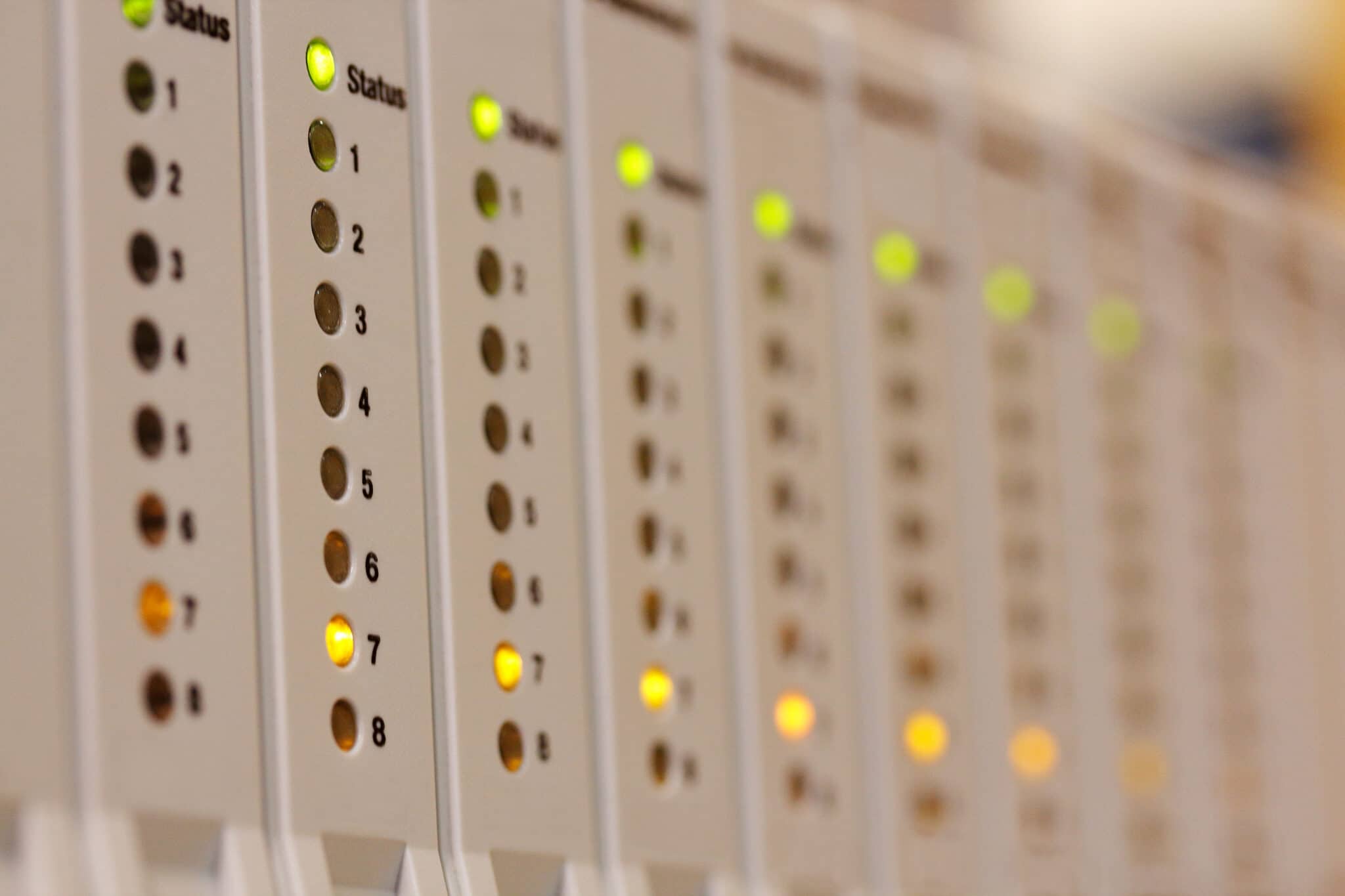

Michel Condemine - OPC UA France Association President
Making the machines talk? Easy. So, which language?
This is likely one of the main challenges faced by the digital industry. Indeed, it isn’t easy to operate equipment that sometimes have several decades of difference in terms of computer and telecom paradigms. Yet, solutions do exist, and there is a standard, OPC UA, chosen by the German consortium “Industry 4.0”
Industrial tools are naturally varied, particularly in communication protocols they use despite the many attempts at standardization. The reasons really are lifespan of the equipment, substantial investments made that must be profitable, and of course competition from manufacturers, who are struggling to agree on any one standard (with the input from their respective countries, who see in the so-called “war of standards” opportunities for their trade advantage).
“Interoperability is definitely a subject because there are several thousand communication protocols in the industrial world, but data security must not be forgotten. It has long been the bane of industrial computing, and especially data model compatibility, which seems to me to be the real priority because it really touches the heart of the activity of the industry“ explained Michel Condemine, Founder of the firm 4CE Industry, and President of the Association, OPC UA, France.
Equipment interconnectivity (machines, PLCs, SCADA, MES, etc.) has for a long time been based on the development of custom software, such as middleware, which uses more or less standardized low-level communication protocols. “It works well”, reassures Michel Condemine, “ but at a high price of the development, maintenance, fees for licenses, and transfer of skills. In addition, the upgrades are often complicated to implement because of the diversity of the fleets: there is always a PLC of 30 years of age, good for the service, but in “modbus” for example, a communication protocol. There are easily hundreds of different telecom protocols on the same industrial site! It was therefore necessary to install and program gateways everywhere …
The 90s was an era of rapid development with more integrated protocols, metadata being taken into account but most often for standardized activities such as Facilities management, public lighting management, or widespread industrial processes. But in this era of big data and AI, we must now be able to connect all the systems together: from the smallest sensor in the plant, to the ERP at the HQ”
The time is now for convergence and we are witnessing the emergence of the OPC UA (OPC Unified Architecture): an open standard unifying the exchange of information for industrial communication. This open source technology is managed by a foundation (OPC Foundation) with more than 500 members worldwide. “Be careful, though,” underlines Michel Condemine, “OPC UA is no longer a standard but a real norm, which is required to obtain the “Industry 4.0 “certification. It is also much more than a protocol since it includes the layers “communication” and “information” (note: see illustration). This translates into the integration of ready-to-use business data models into OPC UA, and of course the possibility of creating its own models very easily. In other words, an OPC UA project makes it possible to really focus on the “payload” of information exchanges, without suffering IT or telecom constraints. This can only benefit operations.”
While OPC UA is gradually establishing itself as a standard for the digital factory, the next step is getting all the raw data out of the factory, in order to multiply its value. The cloud visualisation, analysis and decision support platforms offer valuable help to this regard. The added-value will be all the more important so that the data in the plant makes sense operationally on the shop floor because the intelligence of the data is measured by its operational impact, from the manager right down to the operator.
Chaque métier utilise des unités, des pas de temps, des granularités, des métriques et ratios, ou encore des sémantiques différentes (nommage des données) qui forment un « modèle de données ». Certains secteurs d’activité ont d’ailleurs déjà normé leur modèles métiers, afin de faciliter l’interopérabilité opérationnelle des équipement et systèmes d’informations.
Related News
